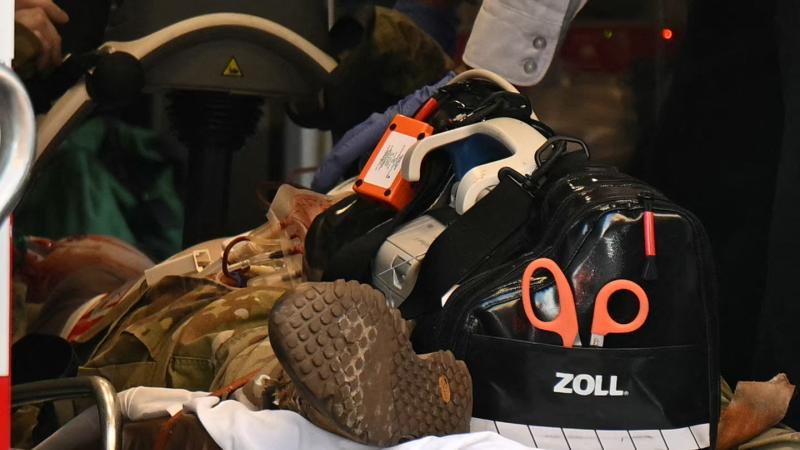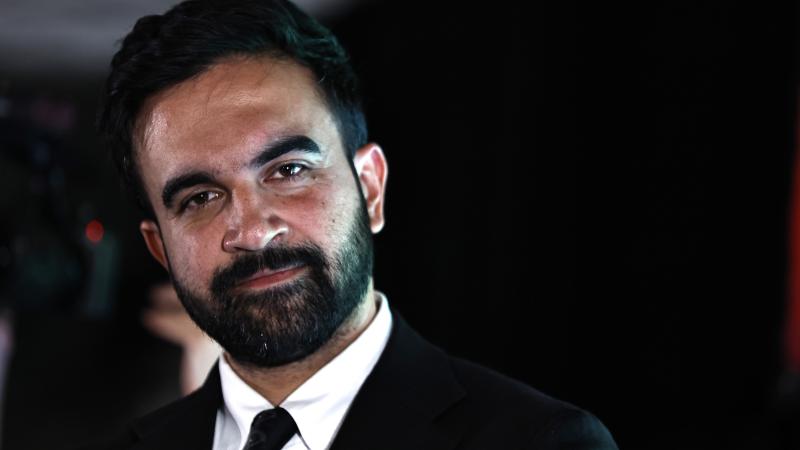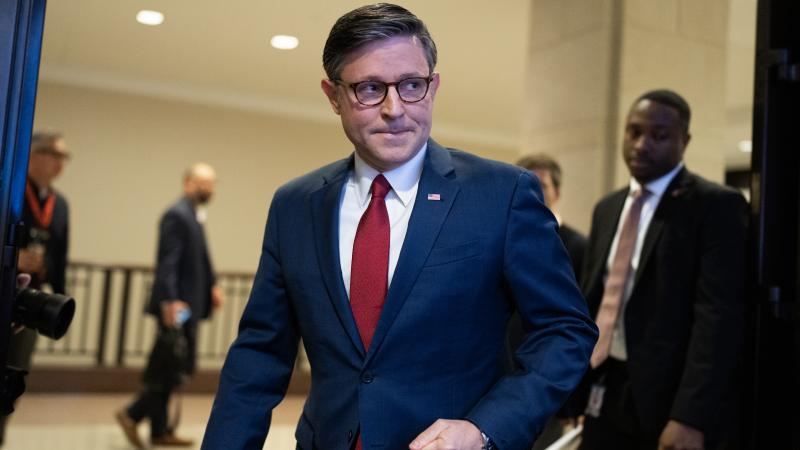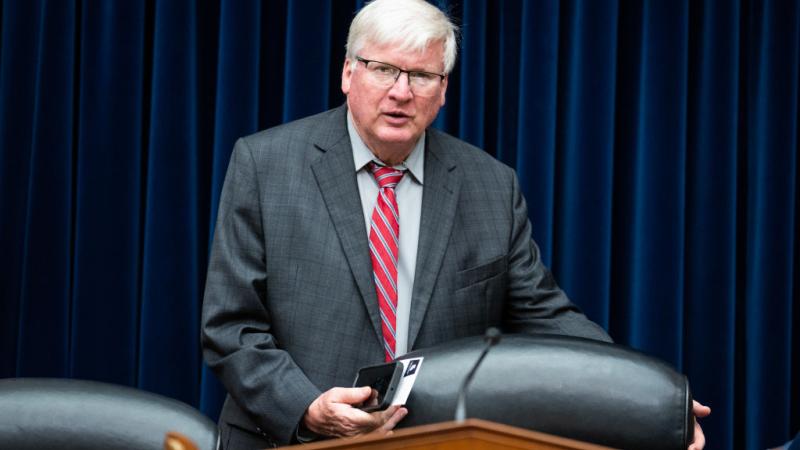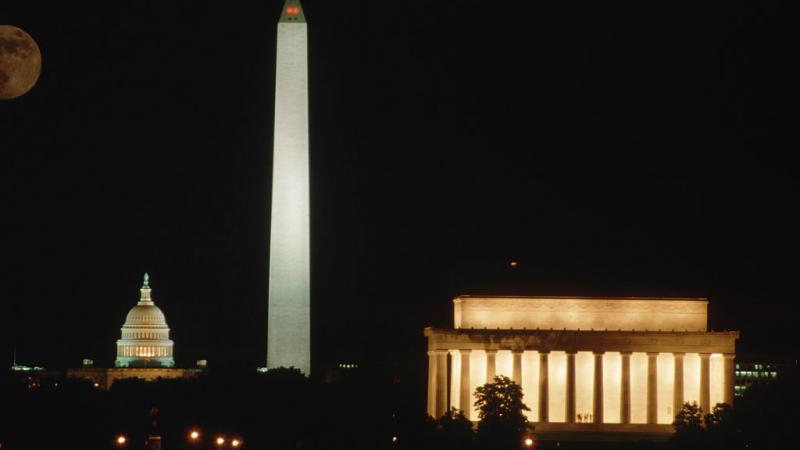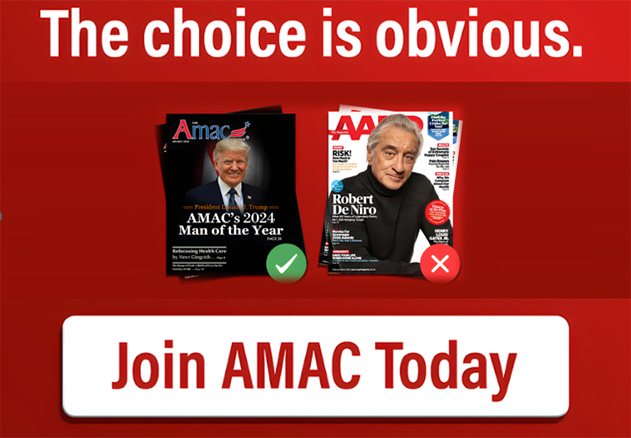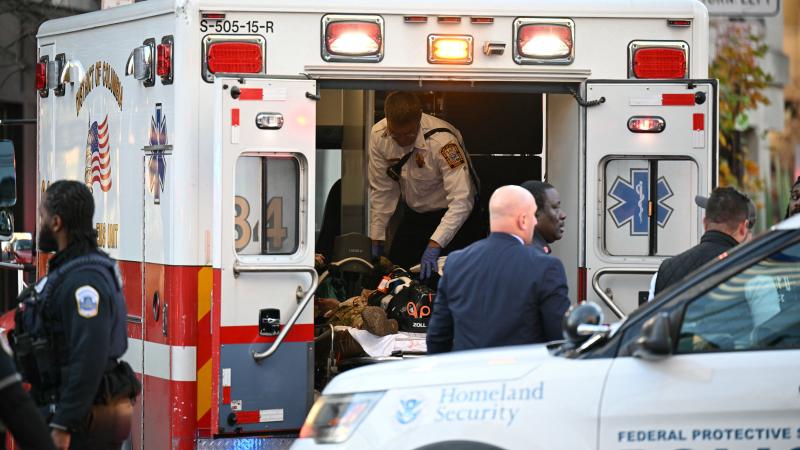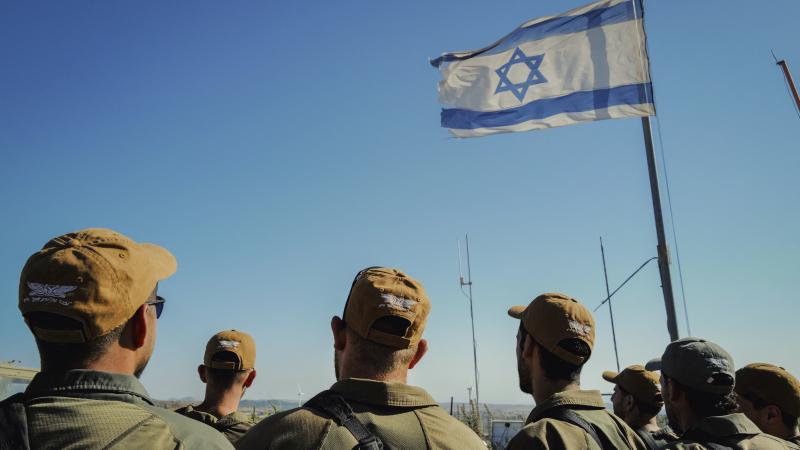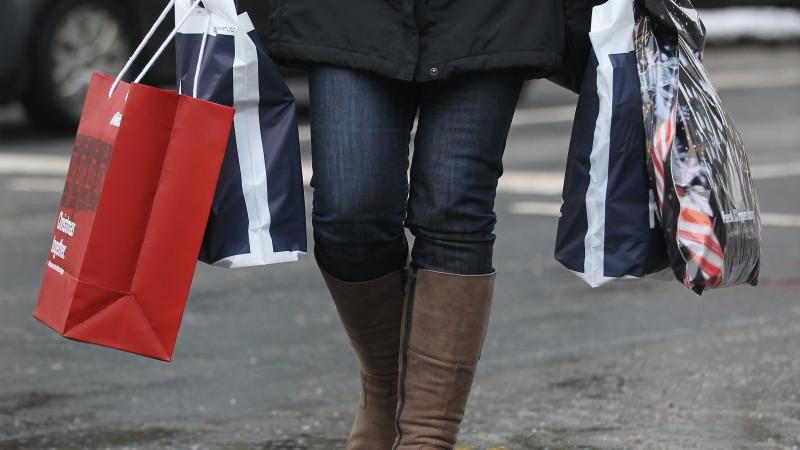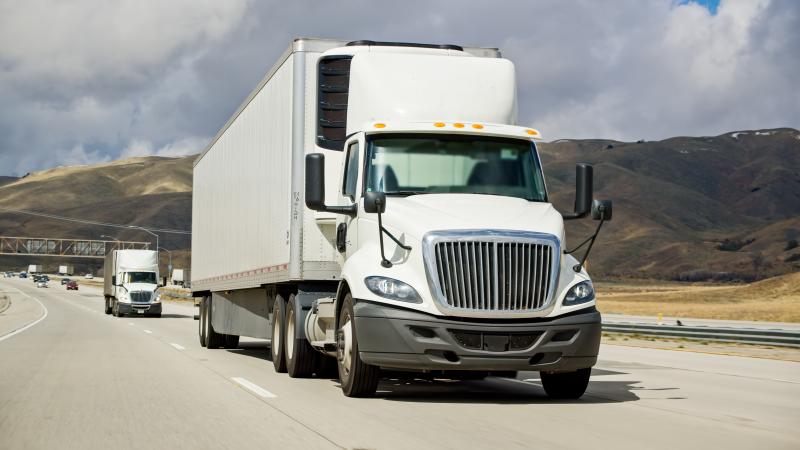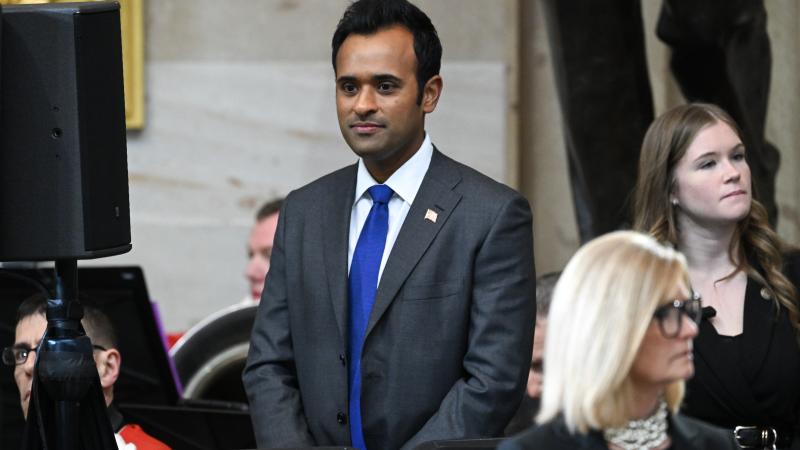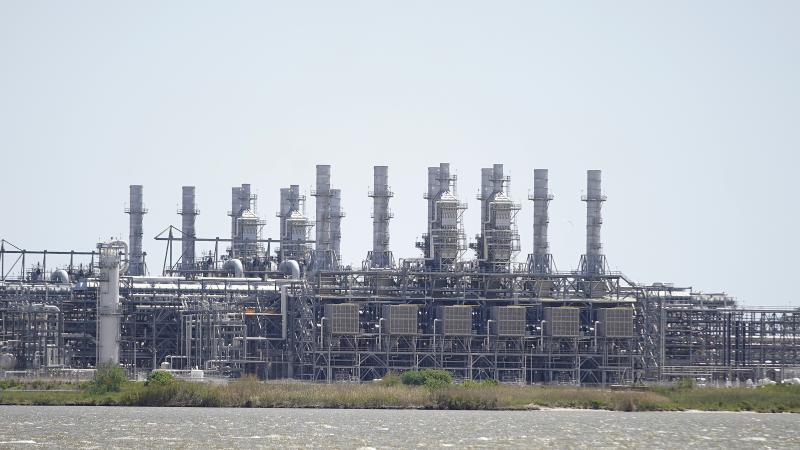Trump-Zelensky meeting builds optimism for ceasefire
Trump and Zelensky first fielded questions from reporters in a joint session, which largely saw the pair exchange pleasantries and speak to the need to resolve the conflict. Small steps one-by-one may get the region to peace.
Ukrainian President Volodymyr Zelensky’s visit to the White House on Monday took a decidedly more optimistic turn than his previous trip that saw him removed from a raucous press conference at the facility, and has now led Western leaders to sound an optimistic tone on the prospect of peace.
Zelensky’s meeting came after Trump met with Russian President Vladimir Putin last week in Anchorage, Alaska. Joining Zelensky at the White House were key European leaders, including UK Prime Minister Keir Starmer, French President Emmanuel Macron, and Italian Prime Minister Giorgia Meloni. Also in attendance were German Chancellor Fredrich Merz, Finnish President Alexander Stubb, and European Commission President Ursula Von Der Leyen.
Trump and Zelensky first fielded questions from reporters in a joint session, which largely saw the pair exchange pleasantries and speak to the need to resolve the conflict. Trump himself remained vague on any American commitments to Ukrainian security, especially when pressed on the prospect of deploying U.S. troops.
“We're meeting with seven great leaders of great countries also, and we'll be talking about that,” Trump said. “They'll all be involved, but there will be a lot of help when it comes to security. There's going to be a lot of help. It's going to be good.”
European leaders were especially optimistic about the movement toward peace. NATO Secretary General Mark Rutte, for instance, told Trump that “I think in the past two weeks we've probably had more progress in ending this war than we have in the past three and a half years.”
Wardrobe changes
The joint meeting with reporters saw a notable interaction between Zelensky and Real America’s Voice reporter Brian Glenn about his wardrobe. Glenn complimented Zelensky on his suit after previously chastising him for not wearing one during his last visit to the White House.
That episode appeared representative of a general shift in tone for the whole of Ukrainian-American diplomacy, with Zelensky presenting himself as considerably more deferential and appreciative of U.S. aid than during his first trip.
When Zelensky last visited D.C. to sign a minerals deal with Trump, discussions took a pointed turn, due to an on-camera altercation involving Vice President J.D. Vance. Zelensky ultimately left the White House without signing the agreement and the U.S. briefly paused intelligence sharing with Ukraine.
A permanent peace instead of a mere ceasefire
Notably, Trump largely dismissed the importance of an immediate ceasefire in favor of negotiating a permanent peace by addressing the roots of the conflict. His comments marked a departure from prior diplomatic efforts and appear to signal the adoption of Russia’s position on concluding a full agreement prior to ending the fighting.
“I don't think you need a ceasefire,” he said. “You know, if you look at the six deals that I settled this year, they were all at war. I didn't do any ceasefires. And I know that it might be good to have, but I can also understand strategically, why? Well, you know, one country or the other wouldn't want it. You have a ceasefire, and they rebuild and rebuild and rebuild.”
Those remarks come as the Russians have nearly encircled the strategic logistics hub of Pokrovsk and are reportedly storming the city of Kostiantinivka in the Donbas region. Following a northward thrust by Russian direct reconnaissance groups (DRG), Moscow’s troops were able to almost fully surround Pokrovsk, forcing Ukraine to scramble its reserves to stabilize the breakthrough.
The sticking points
When speaking to European leaders and reporters later in the day, Trump outlined a number of issues that he needed to address with continental leaders to ensure a lasting peace.
“The Alaska summit reinforced my belief that while [a] difficult peace is within reach, and I believe that is a very significant step, President Putin agreed that Russia would accept security guarantees for Ukraine,” he said.
“And this is one of the key points that we need to consider,” he continued. “I'm optimistic that collectively, we can reach an agreement that would deter any future aggression against Ukraine, and I actually think there won't be. I think that's even overrated, largely overrated, but we're going to find out.
“We also need to discuss the possible exchanges of territory, taking into consideration the current line of contact,” Trump went on. “That means the war zone, the war line center, pretty obvious, very sad actually, to look at them and the negotiating positions of President Putin, also you have President of Ukraine [Zelensky].”
Security guarantees a lynchpin
At the core of the conflict’s roots is the theoretical entry of Ukraine into NATO. U.K. Prime Minister Keir Starmer has suggested the country could receive a collective defense guarantee comparable to NATO’s Article V, but without formal entry into the bloc.
“And I really feel that we can, I think, with the right approach this afternoon, make real progress, particularly on the security guarantees and your indication of security guarantees of some sort of Article V-style guarantees fits with what we've been doing with the coalition of the willing, which we started some months ago, bringing countries together and showing that we were prepared to step up to the plate when it came to security,” Starmer said at the meeting.
Speaking on the “John Solomon Reports” podcast on Monday, former National Security Council chief of staff Fred Fleitz concurred that such an arrangement could prove the core of a lasting peace deal.
“I haven't heard what it's going to be, but that's what I've been interpreting from what Trump has been saying,” he added. “I mean, we just, we don't know yet, but I don't, I can't think of what else that could mean. Now, will this mean American troops in Ukraine? I don't know that he's proposing that.”
Russia on Monday night rejected the Article V-style guarantee, stating that it opposed NATO deploying troops inside of Ukraine.
“We reaffirm our repeatedly stated position of categorical rejection of any scenarios involving the presence of a military contingent from NATO countries in Ukraine,” the Russian Foreign Ministry said in its statement.
NATO Secretary General Mark Rutte, for his part, thanked Trump for introducing the prospect of American participation in security guarantees for Ukraine, saying “the fact that you have said I'm willing to participate in security guarantees is a big step. It is really a breakthrough, and it makes all the difference.”
Next steps
Trump on Monday night called Putin following his meetings with Zelensky and European leaders, where he began planning a trilateral meeting between the United States, Russia and Ukraine. No date or location has been set so far.
Zelensky, for his part, expressed openness to participating in trilateral discussions and renewed a public commitment to pursuing peace.
“We will do our best for this so and I think we show that we are strong people, and we supported the idea of the United States, of President Trump to stop this war, to make a diplomatic way of finishing this war,” he said. “And we are ready for trilateral. As President [Trump] said, this is [a] good signal about trilateral.”
